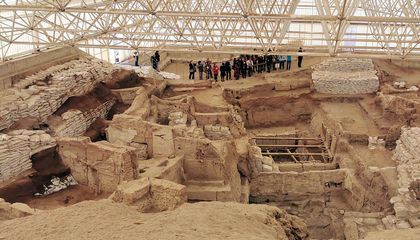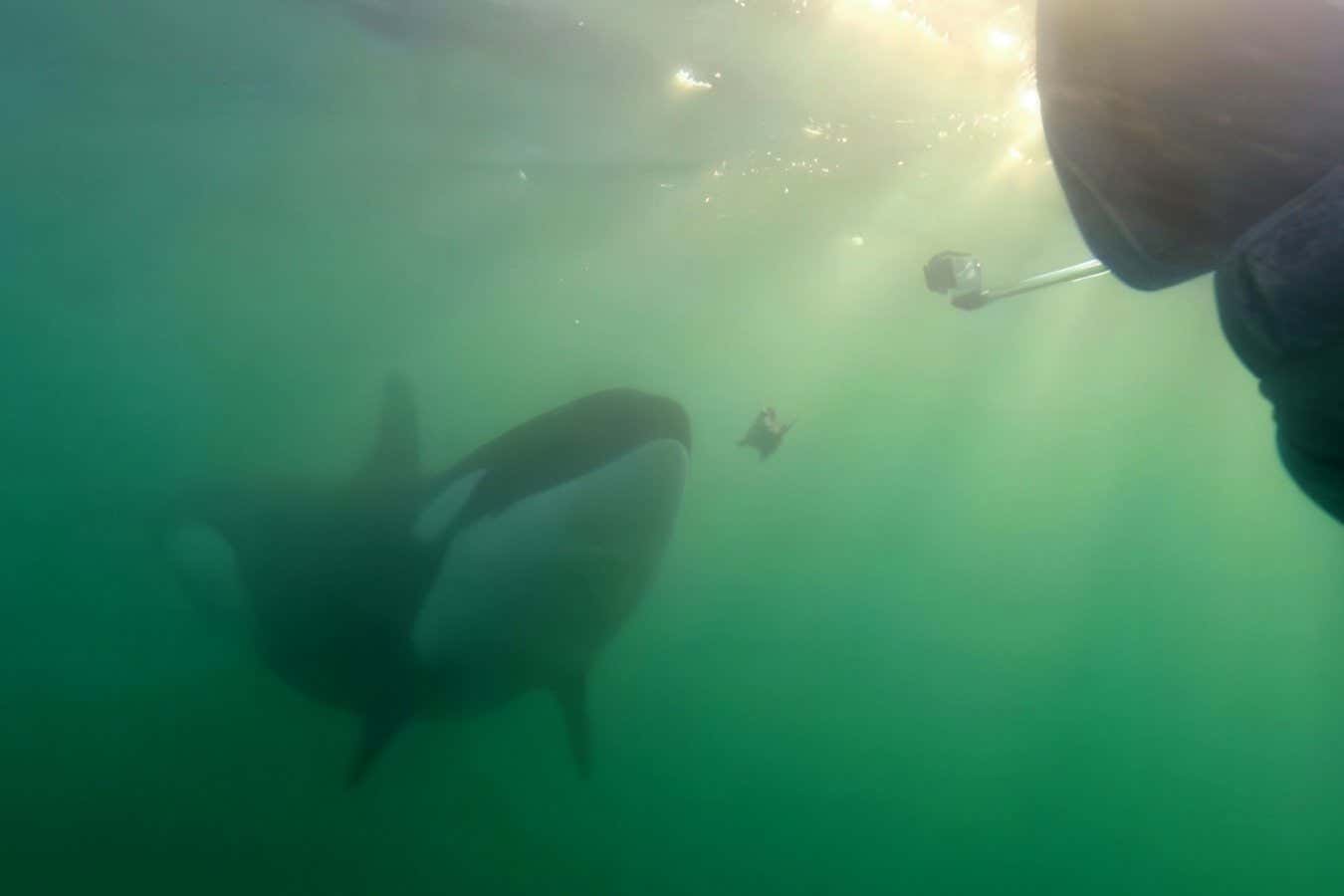A groundbreaking study leveraging ancient DNA has unveiled remarkable insights into the social dynamics of Catalhoyuk, a prominent 9,000-year-old Neolithic proto-city situated in southern Anatolia, suggesting a profound re-evaluation of early human societal structures. This pioneering research indicates that, contrary to many long-held assumptions about ancient family norms, men in this sophisticated settlement frequently moved in with their brides’ families upon marriage, a practice known as virilocal residence.
The detailed analysis of genetic material extracted from human remains at the archaeological site provided compelling evidence for this predominant pattern. This discovery significantly challenges conventional anthropological theories that often posit patrilocal residence, where wives move to husbands’ families, as the primary form of post-marital residence in early human societies. The findings from Catalhoyuk, therefore, suggest a potentially “female-centered” or matrilocal social structure, offering a nuanced perspective on the diversity of family arrangements that existed in the ancient world.
The power of Ancient DNA analysis proved instrumental in unlocking these secrets of the past. Scientists were able to meticulously reconstruct household compositions and familial relationships by mapping the genetic lineages within the excavated burials. This unprecedented glimpse into the daily lives and social organization of a significant early urban settlement highlights the transformative potential of advanced genetic techniques in Archaeology, moving beyond material culture to reveal intricate human behaviors and familial bonds.
This reinterpretation of post-marital residence patterns has significant implications for our understanding of gender roles and social hierarchies in the Neolithic era. If men were indeed moving into their wives’ homes, it could suggest a greater degree of female influence or autonomy within the household and broader community than previously imagined for societies of this period. Such a structure might have fostered different dynamics regarding property inheritance, lineage tracing, and decision-making within the Catalhoyuk social fabric.
Catalhoyuk itself is an archaeological marvel, often described as one of the world’s first cities, characterized by densely packed mud-brick dwellings with rooftop access and a lack of streets. The new insights from this Ancient DNA study add another layer of complexity to its already fascinating social structure. Understanding these deeply personal aspects of residency helps paint a more complete picture of life within this crucial Neolithic proto-city, revealing how family units were formed and sustained over millennia.
In conclusion, this groundbreaking research not only reshapes our understanding of Neolithic familial norms but also underscores the crucial role of Ancient DNA in challenging long-standing historical assumptions. By providing concrete evidence of virilocal residence, the study compels us to reconsider the simplistic narratives often applied to early human development, highlighting the rich and varied tapestry of ancient social organization and the adaptability of human societies throughout history.
Discover more from The Time News
Subscribe to get the latest posts sent to your email.






